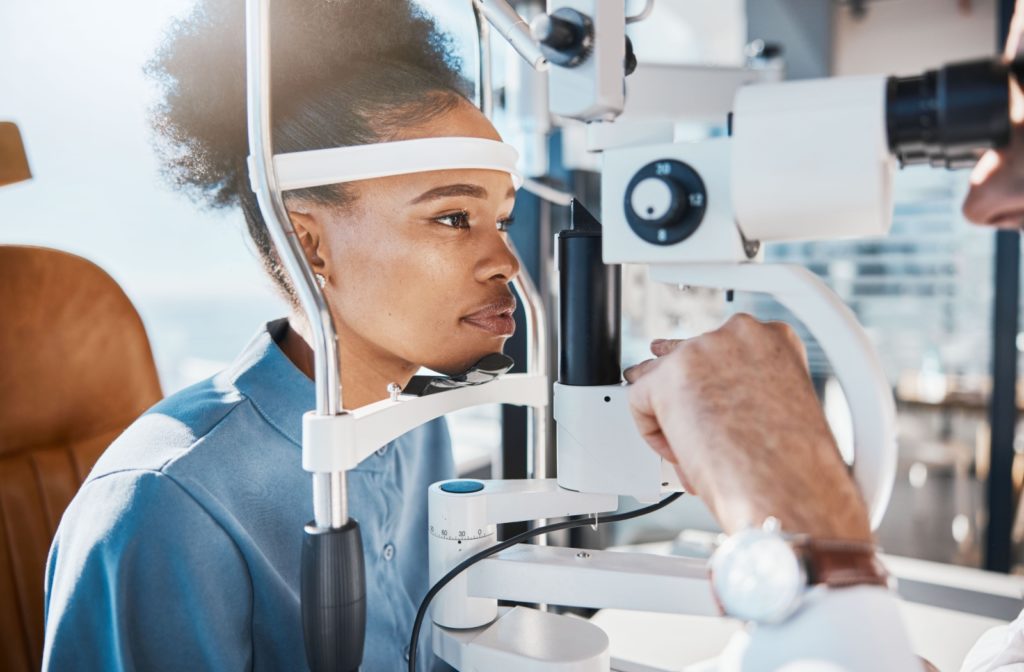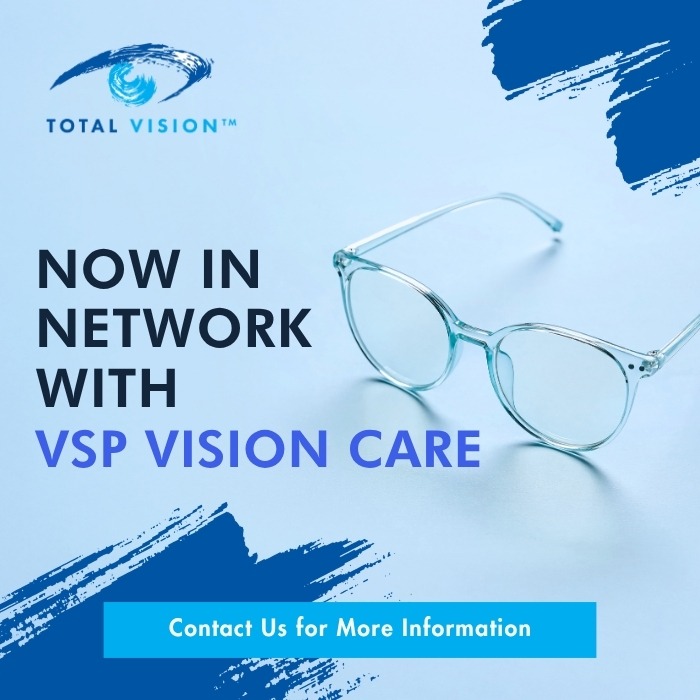Myopia, commonly known as nearsightedness, is a prevalent vision impairment that affects many individuals’ eye health worldwide. This condition makes it difficult to focus on objects that are far away, often leading to blurred vision when looking at distant scenes. Myopia can affect one or both eyes. When it impacts both eyes, it is referred to as bilateral myopia.
Understanding Myopia
What is Myopia?
Myopia occurs when the eye’s shape causes light rays to bend (refract) incorrectly, focusing images in front of the retina instead of on the retina. This results in distant objects appearing blurry, while close objects can be seen clearly. The condition often starts in childhood and can gradually worsen over time.
What is Bilateral Myopia?
Bilateral myopia means that both eyes are affected by nearsightedness. This can exacerbate the difficulty in seeing distant objects, as neither eye can compensate for the other. Individuals with bilateral myopia may find it particularly challenging to engage in activities such as driving, watching movies, or recognizing faces from a distance.
Causes of Myopia
The exact cause of myopia is multifactorial, involving both genetic and environmental factors. Some key contributors include:
- Genetics: If one or both parents are nearsighted, their children are more likely to develop myopia.
- Environmental Factors: Extended periods of close-up activities, such as reading or using digital devices, can strain the eyes and contribute to the development of myopia.
- Lack of Outdoor Time: Studies suggest that spending less time outdoors during childhood may increase the risk of developing myopia.
Symptoms of Bilateral Myopia
Recognizing the symptoms of bilateral myopia is essential for timely diagnosis and management. Common symptoms include:
- Blurred vision when looking at distant objects
- Frequent squinting or eye strain
- Headaches caused by eye strain
- Difficulty seeing while driving, especially at night
- Needing to sit closer to the television or front of the classroom
Diagnosing Bilateral Myopia
A comprehensive eye examination by an optometrist or ophthalmologist is necessary to diagnose bilateral myopia. The exam typically includes:
- Visual Acuity Test: Measures how well you see at various distances.
- Retinoscopy: Determines the degree of refractive error by observing the reflection of light from the retina.
- Refraction Test: Identifies the precise prescription needed for corrective lenses.
Treatment Options for Bilateral Myopia
While there is no cure for myopia, several treatments can help manage the condition and improve vision:
- Eyeglasses: The most common and simplest method to correct myopia. Prescription lenses help refocus light on the retina.
- Contact Lenses: An alternative to glasses, providing a wider field of vision and more natural sight.
- Orthokeratology (Ortho-K): Specially designed contact lenses worn overnight to reshape the cornea temporarily.
- Laser Eye Surgery: Procedures like LASIK and PRK can permanently correct myopia by reshaping the cornea.
- Pharmaceutical Treatments: Atropine eye drops have been shown to slow the progression of myopia in children.

Managing Bilateral Myopia
In addition to corrective measures, there are lifestyle changes and practices that can help manage myopia, especially for children:
- Regular Eye Exams: Ensure your prescription is up-to-date and monitor any changes in your vision.
- Limit Screen Time: Take breaks from digital devices to reduce eye strain.
- Balanced Lighting: Ensure adequate lighting when reading or working on close-up tasks.
- Outdoor Activities: Encourage spending more time outdoors, especially for children, to reduce the risk of myopia progression.
Ready to Take Control of Your Myopia Bilateral?
Bilateral myopia is a common condition that affects the ability to see distant objects clearly in both eyes. Early recognition and appropriate management are crucial in minimizing myopia’s impact on daily activities and overall quality of life. If you or a loved one are experiencing symptoms of myopia, schedule an eye exam to explore the best treatment options available. Remember, taking proactive steps today can help ensure clearer vision for the future.
For more information on eye health and vision care, book an appointment with Seal Beach Eyes today!




